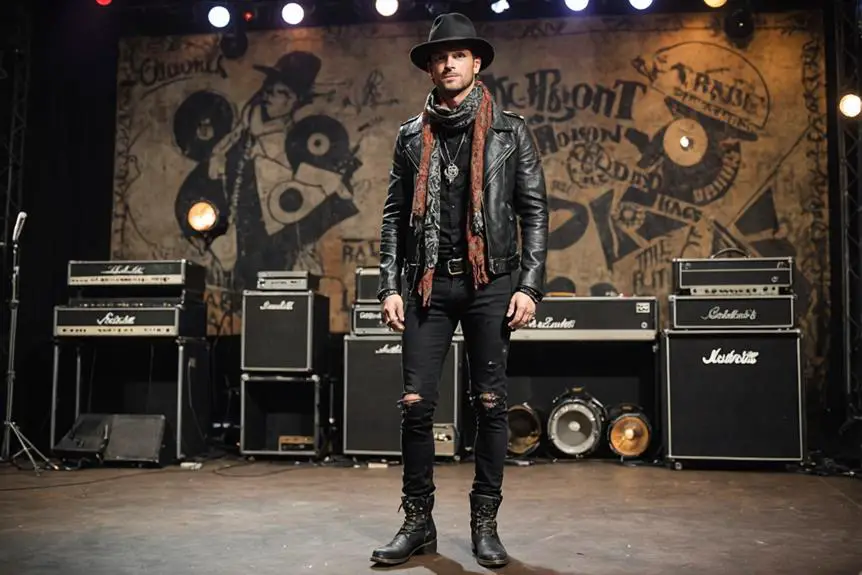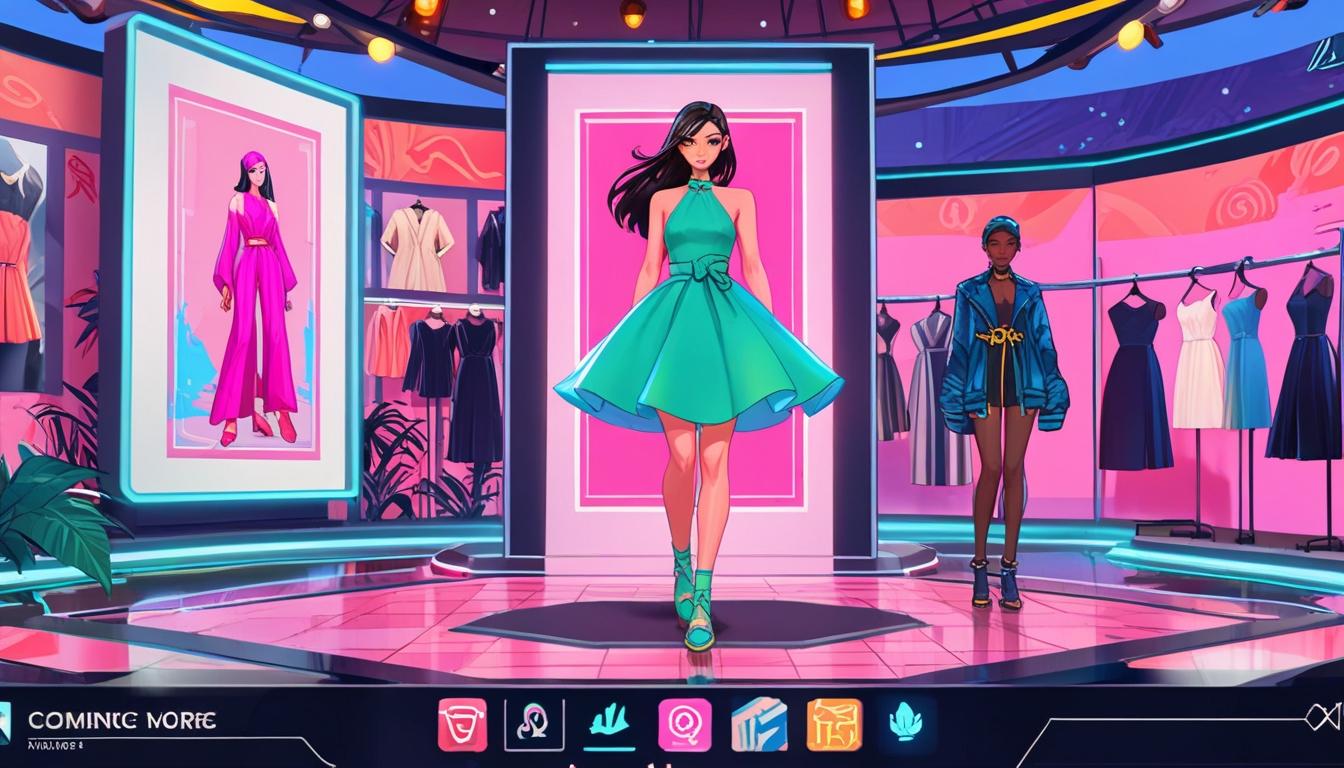You might think fashion icons are solely a modern phenomenon, but Ann-Margret's influence in the 1960s is undeniable. Her vibrant wardrobe and striking hairstyles not only defined her era but also set trends that resonate today. Consider how her costumes in films like "Bye Bye Birdie" transformed the way women viewed fashion. Each outfit she wore told a story, intertwining personal style with cultural shifts. So, what elements of her fashion legacy continue to inspire contemporary designers and fans alike?
1960s Fashion Beginnings
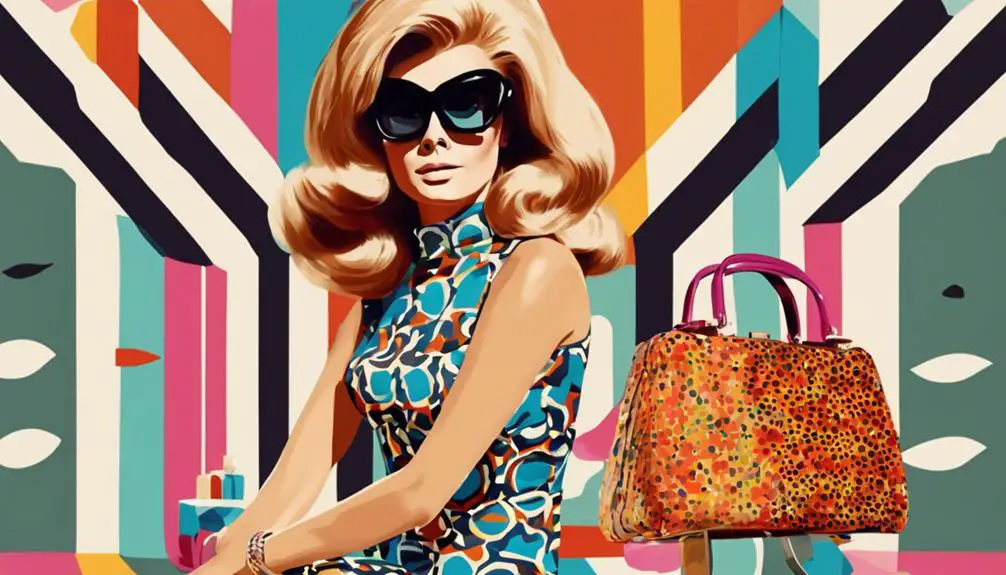
In the vibrant 1960s, Ann-Margret burst onto the fashion scene, enchanting audiences with her playful and youthful style. Her fashion journey began in this iconic decade, where she captivated viewers not just with her talent, but with her stunning wardrobe choices. Vintage fashion of this era often showcased bold colors and unique patterns, much like the distinct characteristics of vintage Ralph Lauren pieces that emerged later.
From her musical debut in 1962 with "And Here She Is," she embraced bold colors and playful prints that perfectly captured the spirit of the era.
In "Viva Las Vegas," released in 1964, Ann-Margret flaunted her striking strawberry blond hair and showcased a dazzling array of costumes that accentuated her curves, amplifying her youthful charm. Rather than ornate designs that could overshadow her vivacity, she preferred body-skimming cuts and vibrant hues that allowed for freedom of movement and expression.
The cinnamon-hued beehive she popularized in 1966 became a signature look, setting trends and solidifying her status as a fashion icon and sex symbol.
With each appearance, Ann-Margret's choices reflected an exuberance that resonated with fans, making her an unforgettable figure in fashion history. Her early wardrobe choices continue to inspire and remind us of a time when fun and flair ruled the fashion landscape.
Hair Transformations Over the Years
Embracing change, Ann-Margret's hair transformations have been as iconic as her fashion choices. Starting with her striking strawberry blond locks in "Viva Las Vegas" (1964), she created a defining look that captured hearts and set trends. This vibrant hue not only highlighted her youthful exuberance but also became synonymous with her early career.
By 1966, she embraced a daring cinnamon-hued beehive hairstyle, perfectly aligning with the bold fashion currents of the time, making her the talk of Vegas.
Fast forward to 1971, when Ann-Margret lightened her hair again, marking a significant shift that showcased her evolving image and adaptability. In 1987, she rocked a glamorous feathered cut, enhancing her sophisticated persona and proving that she could stay current while maintaining her classic allure.
Even as recently as 2013, at a gala event, she complemented her signature strawberry blond locks with pink makeup, further demonstrating her ability to adapt her look while keeping her iconic style intact.
Each transformation not only reflects changing trends but also highlights her remarkable versatility, making Ann-Margret a timeless fashion inspiration.
Iconic Film Costumes
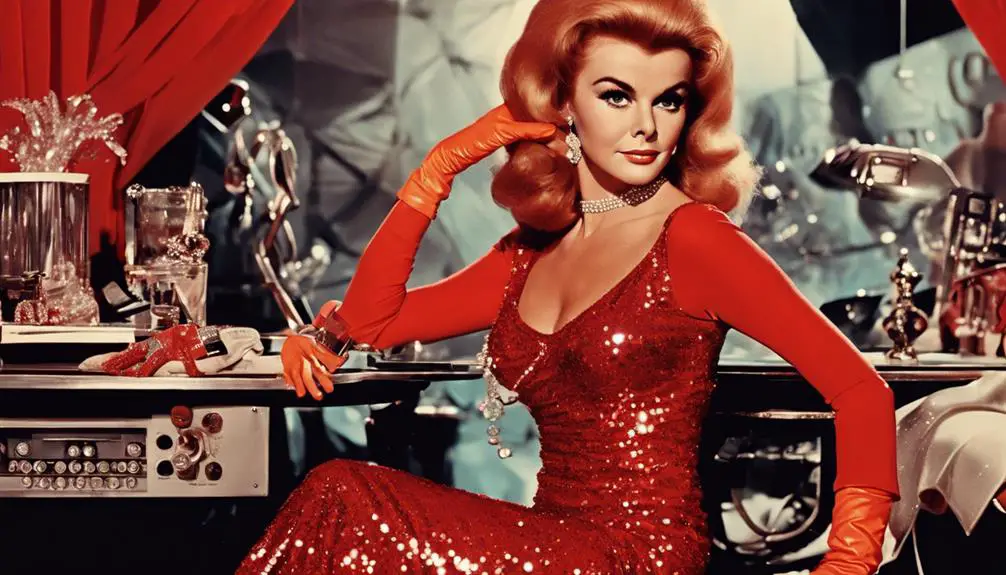
Ann-Margret's film costumes not only defined her characters but also became cultural touchstones that shaped 1960s fashion. Her yellow dress in "Bye Bye Birdie," for instance, stands as a striking example of costume significance, capturing the provocative style that echoed the youthful, sexy trends of the era. Designed by Marjorie Wahl, these costumes emphasized a playful cuteness and sexiness that clearly differentiated youthful characters from their more mature counterparts, showcasing the fashion symbolism inherent in her roles.
In "Viva Las Vegas," you can see her wardrobe evolve, shifting from charmingly playful looks to sophisticated, sensual ensembles that reflected her growing cinematic influence.
The bedazzled hood she donned during the 1974 Academy Awards further illustrated her flair for dramatic fashion statements, enchanting audiences with dazzling creativity.
Each costume she wore added depth to her characters while undeniably influencing the fashion landscape of the time.
Ann-Margret's iconic film costumes didn't just enhance her performances; they also left an indelible mark on style, inspiring countless fans and designers alike to embrace bold, expressive fashion choices.
Signature Makeup Styles
As her career progressed, her makeup evolved. In 1987, she embraced a more sophisticated look, incorporating a tan-enhancing mocha lip color paired with a feathered hairstyle, which reflected her glamorous image.
By 2013, Ann-Margret lightened her locks and opted for soft pink makeup, demonstrating her ability to adapt her style while maintaining her iconic appeal.
Throughout her career, her beauty inspirations consistently influenced her makeup choices, which highlighted her features and complemented her fashion statements.
With every look, Ann-Margret reinforced her status as a style icon in film and pop culture, proving that her signature makeup styles are as unforgettable as her performances.
Evolution of Personal Style
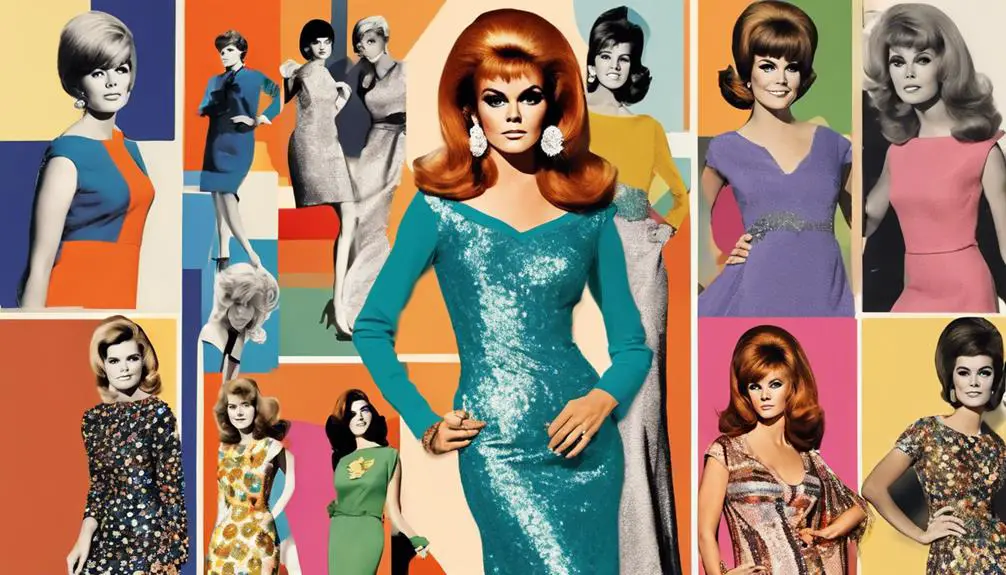
From the vibrant costumes of her early career to the sophisticated ensembles of later years, Ann-Margret's evolution in personal style reflects her journey as an artist. You can see her youthful exuberance in those playful outfits designed for movement, which perfectly matched her energetic performances.
As she stepped into the 1970s, her style took a turn toward sensual elegance, incorporating lingerie-inspired details and darker color palettes that highlighted her growing maturity.
Her makeup transformed dramatically during this time, shifting from bright colors and defined eyeliner to smoky eyes and softer shapes, embodying a glamorous sophistication that captivated audiences.
Signature hairstyles also evolved, moving from sculpted curls to voluminous, teased looks that emphasized her femininity and allure.
Throughout her career, Ann-Margret's fashion choices illustrate a consistent reinvention, mirroring her personal growth. Each outfit tells a story of transformation, blending youthful energy with a refined elegance that few can achieve.
As you explore her iconic moments, you can't help but admire how she embraced every stage of her life, showcasing a style that remains timeless and inspiring. Ann-Margret truly exemplifies the art of personal evolution in fashion.
Lasting Cultural Impact
The impact of Ann-Margret on culture and fashion during the 1960s is undeniable. Her stunning performance in "Bye Bye Birdie" not only displayed her incredible talent but also reshaped how society viewed femininity. With her vibrant yellow dress, she became a beacon of the era's youthful and provocative fashion, symbolizing a departure from traditional mature styles.
Ann-Margret's ability to enthrall audiences parallels how certain vintage brands, like LL Bean, have evolved their image while maintaining a connection to their heritage vintage brand evolution. Instead, Ann-Margret embraced cuteness and sexiness, perfectly encapsulating the emerging adolescent aesthetic that defined the decade.
The overwhelmingly positive reception to her performance contributed greatly to its cultural resonance, as her appeal was cleverly used in marketing to draw in audiences. This enchanting blend of talent and style laid the groundwork for what would become her lasting cultural legacy.
Ann-Margret's fashion choices reflected broader societal changes, marking her as an integral figure in the feminine revolution of the 1960s.
Today, her influence continues to inspire artists and fashion enthusiasts alike, as her iconic looks are frequently referenced in popular culture. Ann-Margret's legacy serves as a cultural touchstone, reminding us of how fashion symbolism can shape perceptions and inspire future generations.
Frequently Asked Questions
What Is Ann-Margret Most Famous For?
You might think she's just a pretty face, but Ann-Margret's known for her Hollywood glamour, musical talent, and fashion influence. Her performances alongside Elvis and vibrant style define an unforgettable era in entertainment history.
What Year Did Ann-Margret Break Her Jaw?
You'll find that Ann-Margret broke her jaw in 1972. The jaw injury impacted her career, but she navigated her recovery journey with resilience, capturing significant media coverage that highlighted her determination to return to performing.
What Was Ann-Margret's Last Name?
Did you know Ann-Margret starred in over 30 films? Her last name, Olsson, reflects her Swedish roots, but her personal style and fashion evolution in iconic roles truly defined her legendary status in entertainment history.
Who Discovered Ann-Margret?
You might be surprised to learn that producer George Sidney discovered Ann-Margret, paving her Hollywood breakthrough. His recognition of her talent sparked a fashion evolution, influencing her personal style and establishing her as a fascinating star.


